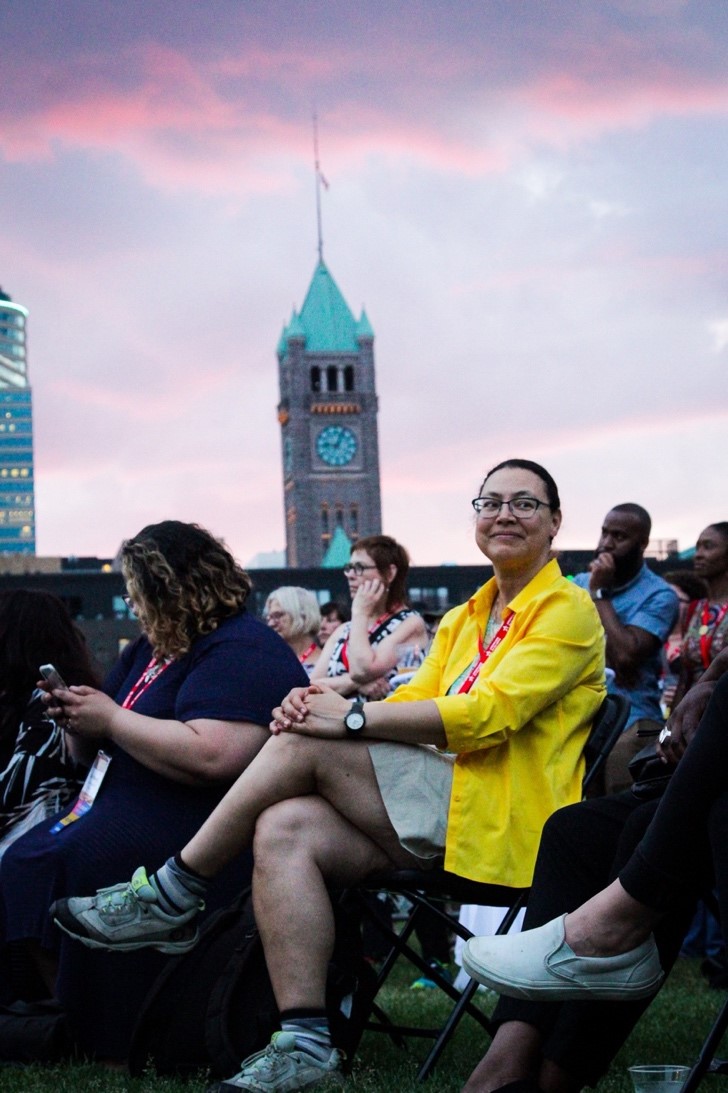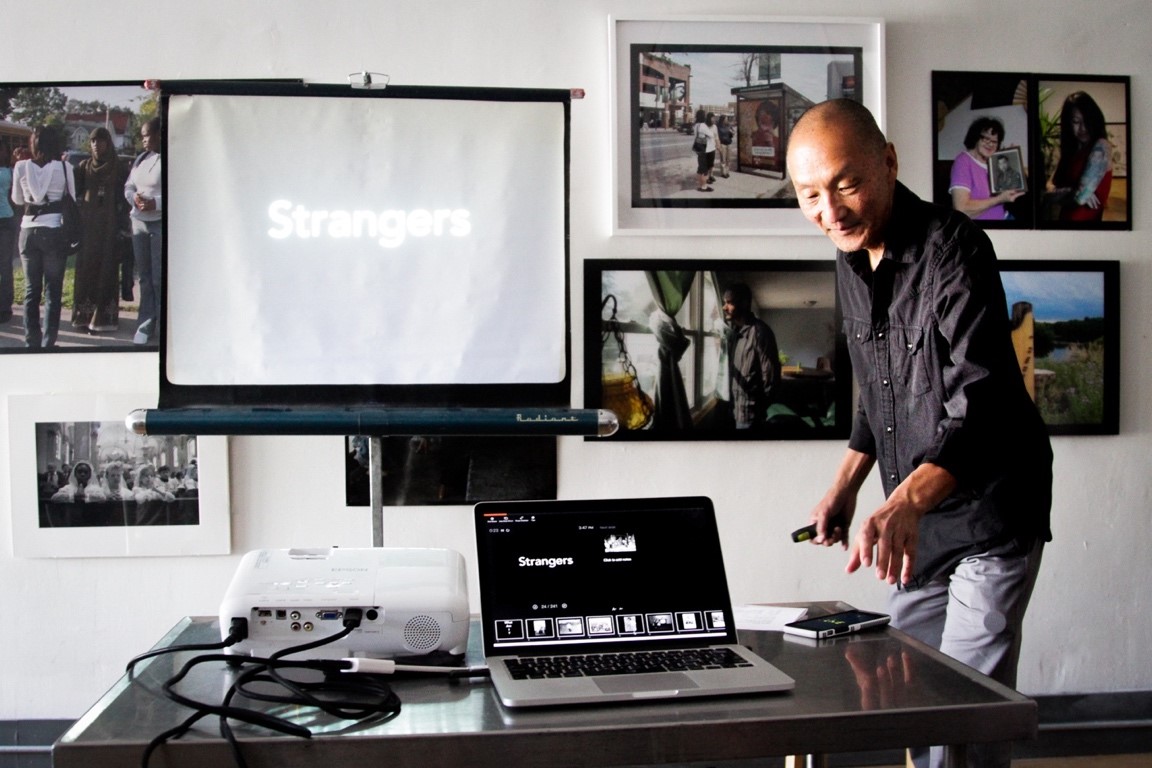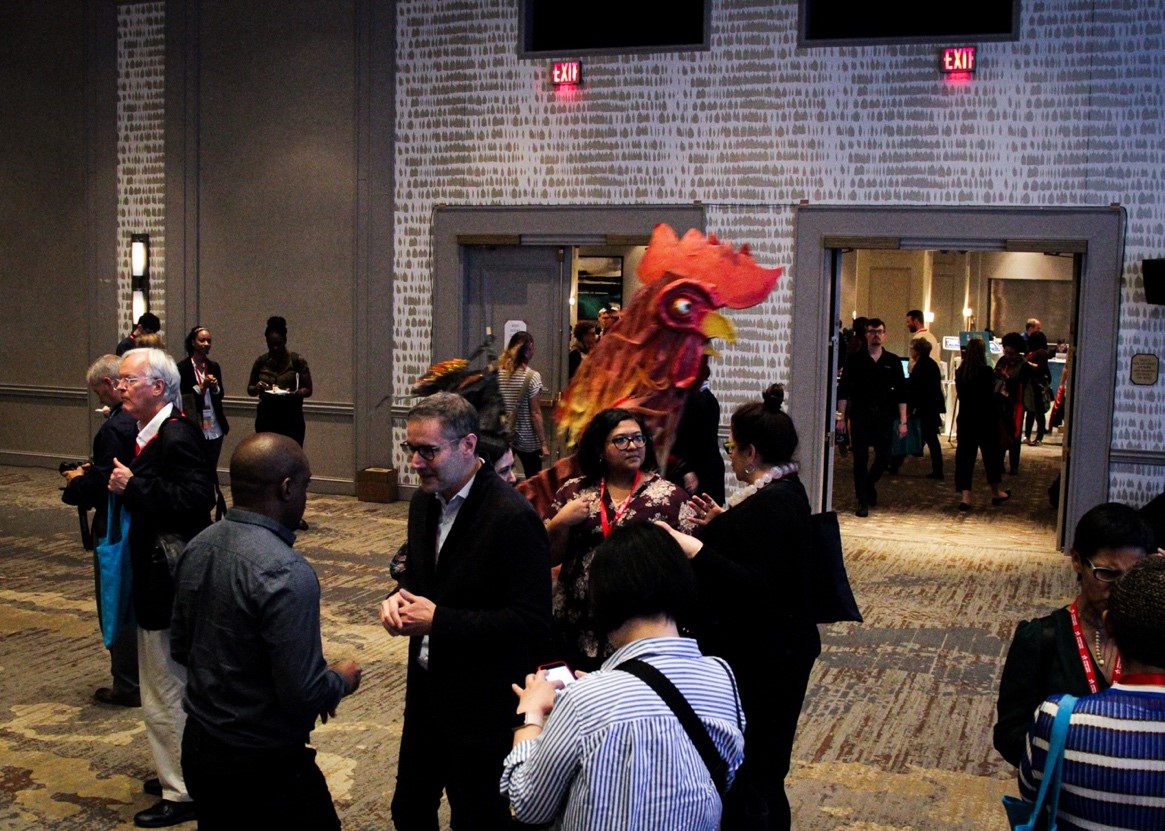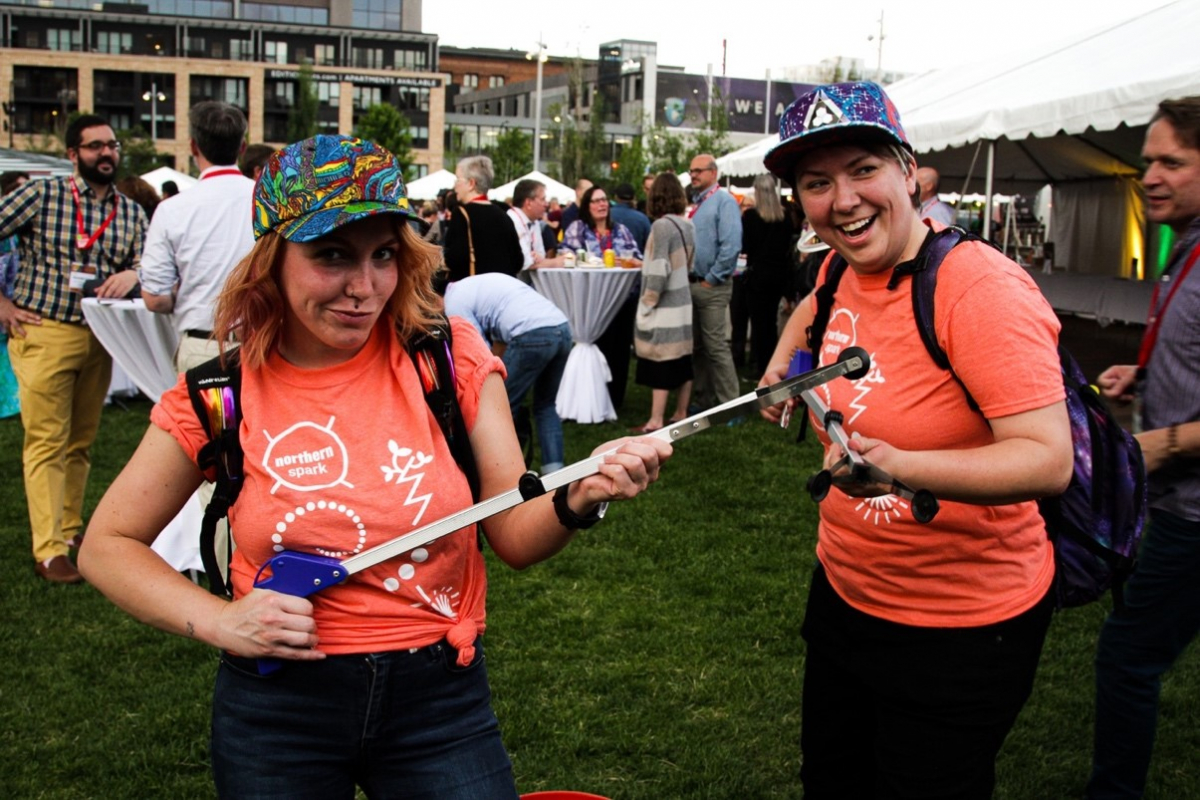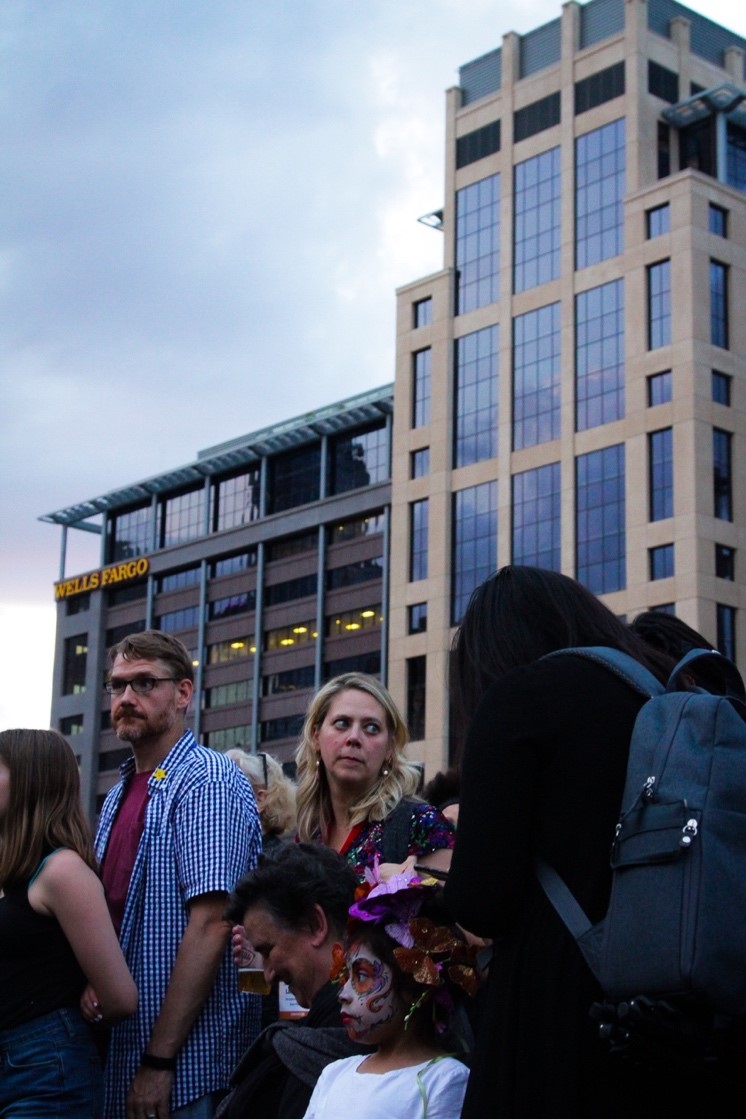Public Art, Gentrification, and Annual Convention: A Photo Essay
Posted by Sep 17, 2019

McKenzie L Shelton
When I was awarded a Practicing Artist Scholarship to attend this year’s Americans for the Arts Annual Convention in the Twin Cities, I was eager to find myself surrounded by other fervent promoters of the arts in individual localities from around our nation. I did find impassioned people, but I also found that an inner conflict of mine has deepened: As an artist, I’m not sure that I should be involved in this effort to fund and execute public art. This notion has danced in and out of my mind for the last few years, particularly regarding the role of artists and public art on the negative effects of gentrification and the affordable housing crisis. During the conference, I felt the tension between my excitement about increased federal spending on the arts and my skepticism that those monies will be used on careful, conscientious policymaking that allows for neighborhood improvement without giving in to the seemingly ubiquitous phenomenon of displacement. Rather than answers, I have come away with more questions. How is public art involved, whether inadvertently or directly, in the pushing out of low-income residents, minoritized groups, and even artists themselves? And how are artists implicated in this process?
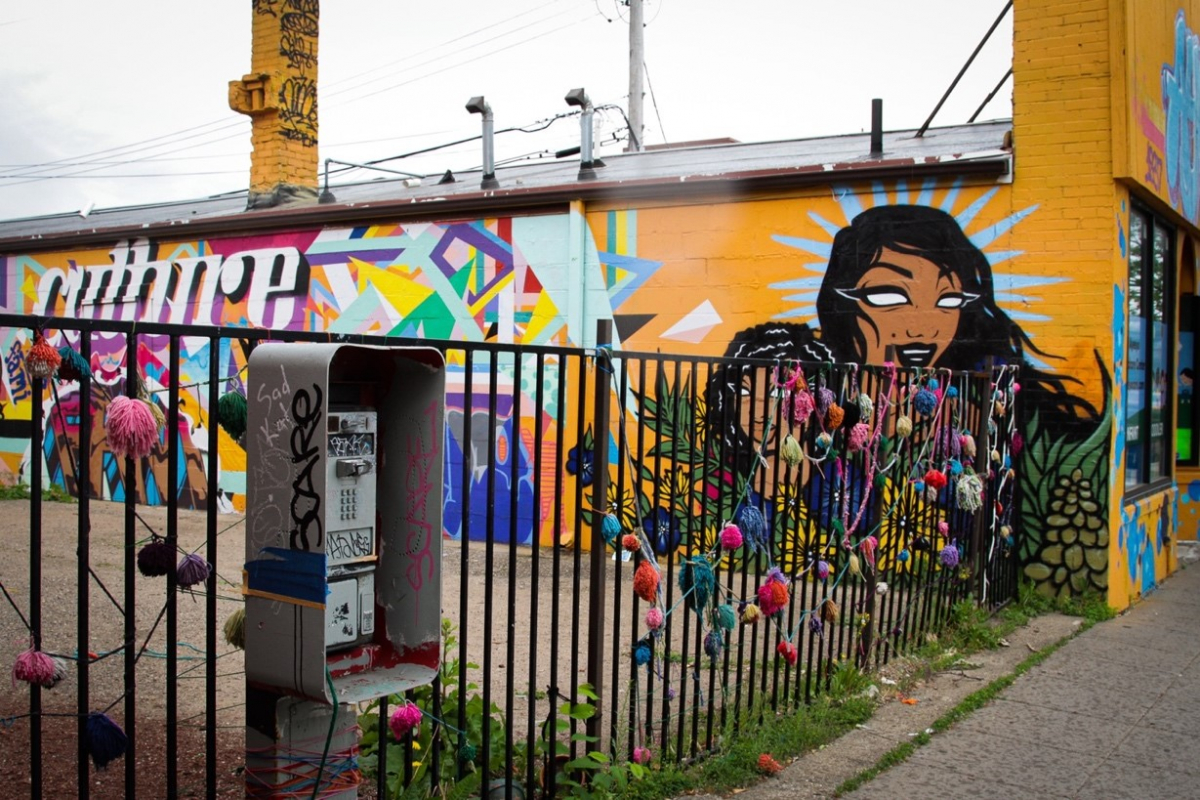
While investment in the arts can result in economic stimulation through influx of wealth to vibrant cultural corridors, subsequent shifts in demography often result in the rapid displacement of artists, low-income residents, and other minoritized populations. This process of gentrification is endemic to large and mid-sized Western cities alike and threatens the diversity and progress that art and cultural expression bring to communities. Take Oakland, CA, for example, where the relationship between increased arts activity, new residents, and subsequent hikes in rent burden is readily observed in its disproportionate effects on low-income households. Between 1990-2010, housing cost burden (spending more than 30% of income) rose steadily among all three tiers of low-income households. Richard Florida responded to the potentially negative effects of incoming new wealth and social groups (the creative class) in his 2017 book, The New Urban Crisis, which analyzed the increasing socioeconomic divides in large cities. Across the globe, proposed policies for rent control, mixed use development, and various arts-interventions are desperately seeking to address the negative impacts of gentrification.
I encountered an encouraging addressal of my concerns at the Public Art Preconference on our tour of the 38th and Chicago Street corridor in Minneapolis. Our tour was led by Eduardo, who is employed at both the local theater and a community action group. He informed us of a local group called NorthEast Investment Cooperative where shareholders live within the neighborhoods in which investment is occurring. Members purchase a share (and one vote) to decide on what local properties the cooperative will purchase to steer development in the direction their neighborhood majority prefers. This model shifts purchasing and development power to a localized demographic. While potential issues arise depending on the history and socio-cultural makeup of the neighborhood, cooperative community land trusts such as NorthEast Investment Cooperative that engage art and artists are one model for equitable arts development—unifying rather than displacing communities. I applaud the City of Minneapolis and its inhabitants for seeking to responsibly converge art, culture, tourism, and development. Even the convention’s opening ceremony occurred in concert with Northern Spark, the city’s arts festival in the center of downtown.
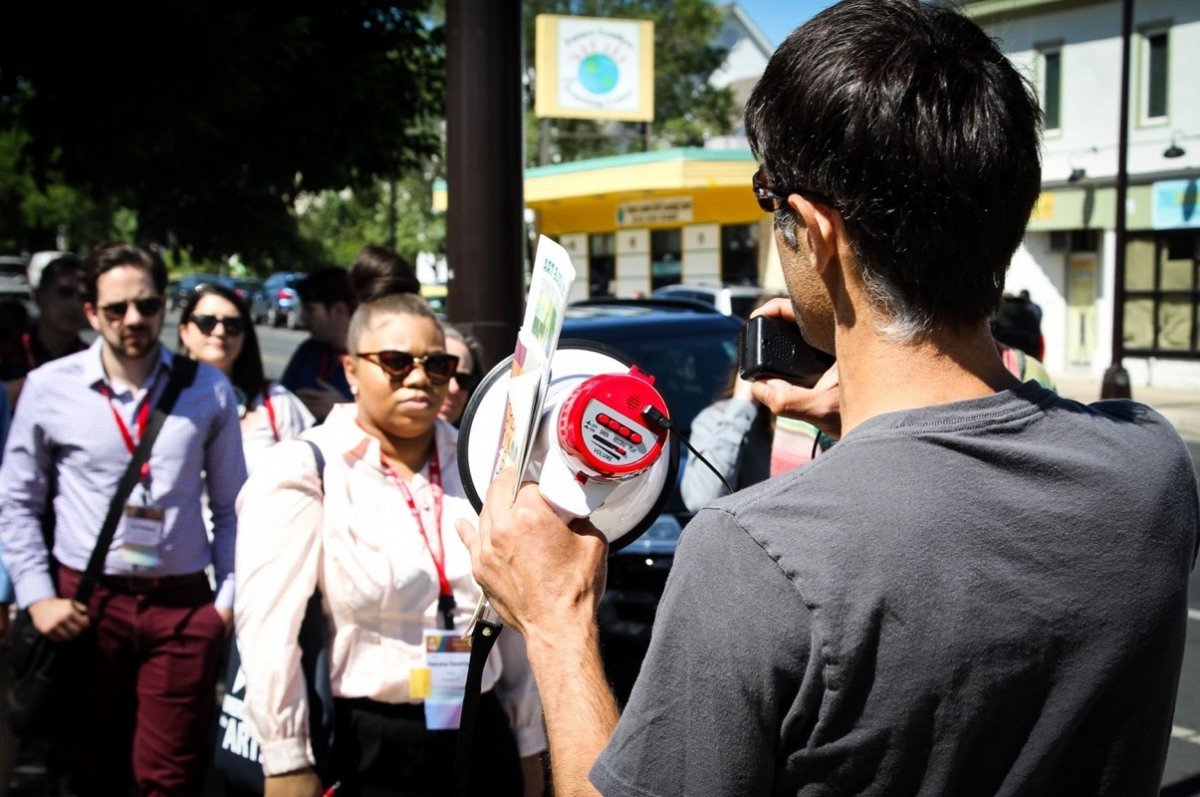

Artists have historically lived on the fringes, critiquing the power relations within a place and using visual means to mirror society back to itself. In Carol Becker’s essay Artist as Public Intellectual, she identifies the artist as a civil servant who investigates complex problems using “concentrated visual experimentation on the relationship of form and content … that, when successful, advances the entire civilization’s ability to see.” In this way, artists can be hugely helpful in the effort to animate democracy. With my aforementioned tensions acknowledged, I was also heartened by the presenters, attendees, and Minneapolis residents I met who had similar concerns to mine at the core of their professional and personal missions. I was also inspired by several artists-cum-politicians, like Vermont-based Dawn Ellis, who use their unique experiences as creative community members to influence policy toward inclusion and equity. Attending this conference made it clear to me how vital it is for artists to act not only as mirrors to society through our artmaking, but to engage as critically constructive citizens. After Annual Convention, I feel more than ever that I am not simply taking part in economic development, arts administration, education, nor an art practice, but in citizenship. And as citizens and public intellectuals, artists can advocate for dedicated civic funding for the arts to preserve communities and retain cultural assets.
